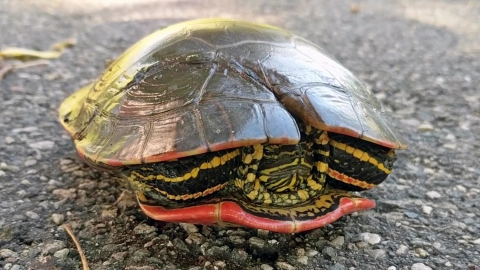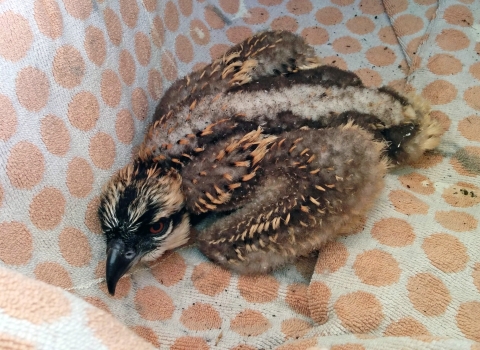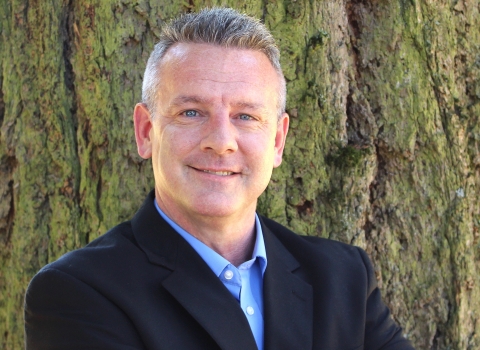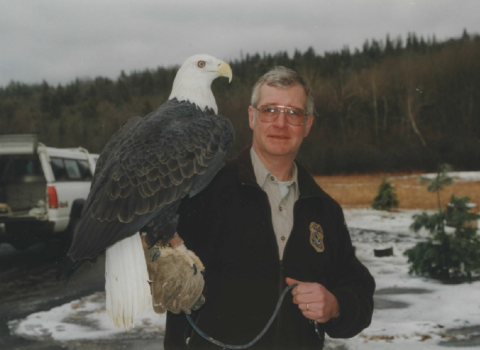During a fall visit to the Wilkie Unit of Minnesota Valley National Wildlife Refuge, we spotted a large western painted turtle in the road. The area is a busy hotspot this time of year, with traffic from bicyclists, joggers, hunters and families enjoying the crisp weather. As we got closer, we noticed she had a large crack in her shell that had been repaired. We took a few photos, helped her cross the road and reached out to the Wildlife Rehabilitation Center of Minnesota. It might be a long shot, but maybe they would recognize her unique repairs.
The repair
Wildlife rehabilitators inspected the photos and estimated that the shell repair was at least two years old. After a bit of digging through medical records, Communications Director Tami Vogel had some great news - the turtle we spotted had indeed been a prior patient! Records showed that she was admitted in August 2014. The damage to the front of her shell was so extensive that they had to amputate a portion. Putty was used to hold together the remaining fractured pieces as they healed. About a month later, she was healed, the putty was removed and she was ready to return to the wild!
The journey
Wildlife rehabilitators always do their best to return animals to the same vicinity. The wounded turtle was found by a concerned citizen in Bloomington, Minnesota near France Avenue somewhere between 90th and 98th Streets. Rehabilitators took a look at the map, chose a body of water that would be large enough for a turtle to safely spend the winter and released her back into the wild. When we found her three years later, she was several miles away in much safer habitat.
Wildlife rehabilitation
Licensed wildlife rehabilitators can often repair shell damage, allowing wounded turtles to live long successful lives, but they also serve a wide range of other species. Learn how to determine if a wounded or orphaned animal needs help. If the animal needs help, you'll need to find a licensed wildlife rehabilitator near you. Keep in mind that it is illegal to possess a wild animal unless you’re transporting it to a licensed rehabilitation center.
The Wildlife Rehabilitation Center of Minnesota was founded at the University of Minnesota in 1979 as a student club of the Veterinary College. They’ve since grown from helping a few dozen animals a year to one of the nation’s busiest wildlife hospitals, serving more than 14,000 patients annually.






